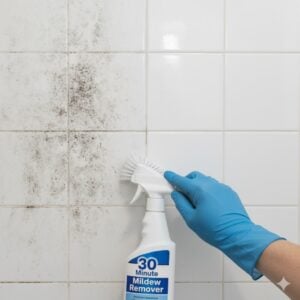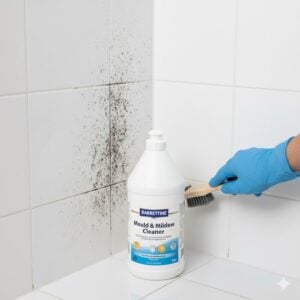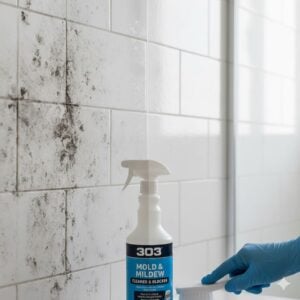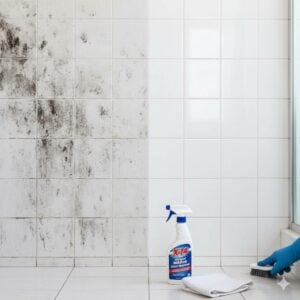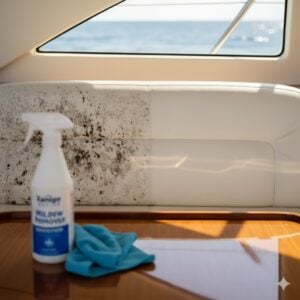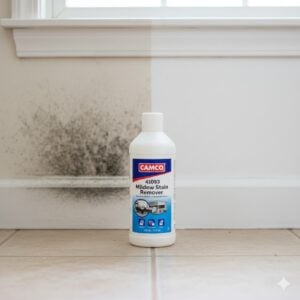Fungus, yeast, and mold are terms that often get used interchangeably, especially when you’re dealing with strange smells, spots on walls, or food that’s gone bad. But they’re not the same thing—and understanding the difference can help you take better care of your home, your health, and your indoor air quality in a humid place like the UAE.
In this guide, we break down the key differences between fungus, yeast, and mold, what makes each one grow, how they affect your environment, and what to do when they start showing up where they don’t belong.
Table of Contents
Toggle1. What’s the Difference Between Fungus, Yeast, and Mold?
All three—fungus, yeast, and mold—belong to the same biological kingdom: fungi. But within that group, they behave quite differently.
Fungus is the umbrella term. It includes all molds, yeasts, mushrooms, and more. Some fungi are microscopic, others form large visible bodies (like mushrooms). They reproduce via spores and thrive in moist, organic-rich environments.
Yeast is a single-celled fungus. It’s usually harmless—and even helpful. Yeasts are used in baking, brewing, and fermentation. They don’t produce fuzzy surfaces like molds do. But some yeasts can cause infections, especially in the human body (such as Candida).
Mold is a multicellular fungus that grows in long filaments called hyphae. Molds are the usual suspects when you see green, black, or white fuzz on your walls, ceiling, or food. They grow by digesting and breaking down organic material—and their spores spread easily through the air.
So while mold and yeast are both fungi, mold is what you’re usually dealing with in home hygiene problems, especially in damp places like bathrooms, kitchens, and air-conditioned rooms in Dubai or Abu Dhabi.
2. Is Mold a Problem in UAE Homes?
Absolutely. Despite the dry desert climate outside, many homes in the UAE have indoor environments that are perfect for mold growth—mainly due to high humidity caused by air conditioning, poor ventilation, and water leakage.
Mold in UAE homes is commonly found:
- On bathroom ceilings and behind toilets
- On AC vents and ducts due to condensation
- Inside kitchen cabinets and under sinks
- Behind furniture against outer walls
The problem with mold is not just cosmetic. Some types of mold—especially black mold—can cause respiratory issues, allergies, and worsen asthma. If left unchecked, it can also damage drywall, wooden furniture, and paintwork.
If you spot fuzzy patches, musty smells, or experience unexplained coughing at home, don’t ignore it. A mold inspection is worth it—especially since Bio-On offers free inspections for areas over 10 sq.m.
3. How Do I Know If It’s Mold or Just Fungus?
Since mold is a fungus, the better question is: Is it harmless, or should you be concerned?
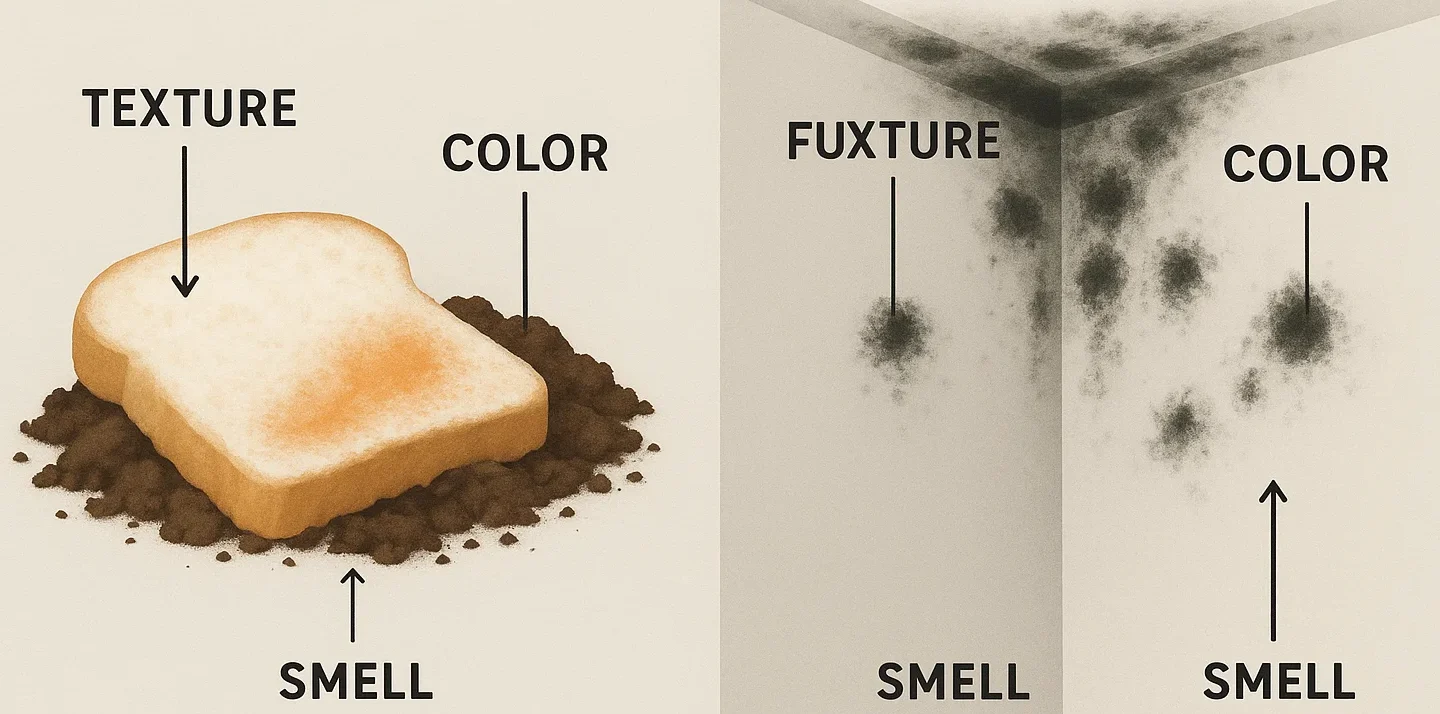
Here are a few quick ways to check:
| Feature | Harmless Fungal Growth | Potential Mold Problem |
|---|---|---|
| Appearance | Light white or orange film | Black, green, or gray patches |
| Texture | Dry, powdery, or smooth | Fuzzy, spreading, moist |
| Location | On food, plant pots, soap scum | Ceilings, walls, AC, behind furniture |
| Smell | No smell or slightly earthy | Strong musty or stale odor |
If you’re unsure, a professional air quality test or surface swab can identify the species and risk level. Bio-On offers advanced analysis like PCR testing and Mycotoxin analysis if needed.
4. Can Mold Make You Sick? What Are the Signs?
Yes, prolonged mold exposure can lead to a variety of symptoms, especially for children, the elderly, and those with respiratory conditions.
Common signs of mold-related sickness include:
- Persistent sneezing or coughing indoors
- Watery or itchy eyes
- Headaches or fatigue without a clear cause
- Skin irritation or unexplained rashes
- Worsening asthma or respiratory tightness
Some molds also produce toxins (called mycotoxins) that can affect your nervous system or immune response in extreme cases. That’s why mold problems in living spaces should always be taken seriously—especially in enclosed apartments where airflow is limited.
If you or your family members experience any of the above, it’s worth investigating. Removing mold not only improves your living conditions, but also protects long-term health.
5. Can Black Mold Be Toxic? And What About Yeast in the Body?
Not all black mold is toxic, but certain strains like Stachybotrys chartarum can produce harmful mycotoxins that affect human health. The only way to know for sure is via lab testing. But in general, any dark, growing mold indoors should be removed promptly, especially in UAE climates that encourage fast growth.
On the other hand, yeast infections in the body are a different issue. They’re usually caused by Candida and can affect the mouth (oral thrush), skin folds, or genital areas. These are not directly linked to home mold, but poor air quality and excess dampness may contribute to skin conditions or respiratory irritation.
While mold and yeast are both fungal, mold is mostly environmental, while yeast is often biological. Still, a clean, dry, and well-ventilated home helps reduce exposure to both.
6. How Do You Get Rid of Mold, Fungus, or Yeast Indoors?
Each type of fungal issue requires its own approach, but here are some general tips:
For Surface Mold and Fungus
- Use a hydrogen peroxide or vinegar solution for small spots
- Remove and replace moldy drywall or furniture if damage is deep
- Repaint with mold-resistant coatings after proper cleaning
For Indoor Yeast Growth (on food or bathrooms)
- Dispose of contaminated food items immediately
- Keep areas like shower curtains, tiles, and drain edges dry
- Use an antifungal bathroom cleaner weekly
For Prevention
- Use dehumidifiers in closed AC rooms
- Keep furniture slightly away from the wall to allow airflow
- Have your ducts and AC vents cleaned regularly
If mold or fungal growth keeps returning, it’s no longer a DIY issue—it’s time to call professionals. Bio-On UAE offers full-service remediation, cleaning, and mold-prevention solutions tailored to the UAE climate.
Conclusion
Fungus, yeast, and mold all belong to the same biological family—but they behave in very different ways. Understanding which one you’re dealing with helps you respond the right way—whether it’s wiping down your kitchen tiles, tossing expired bread, or calling in experts to handle a serious wall infestation.
At Bio-On, we help families across the UAE breathe cleaner air and live in healthier spaces. Whether you’re unsure if that fuzzy patch is dangerous mold or just a harmless stain, click the contact button on the right-middle of this post. Our team will guide you through what to do next—clearly, quickly, and respectfully.








